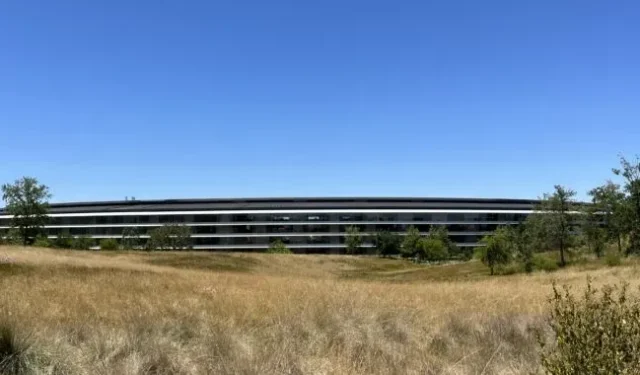Once again, Apple calls the workers back to the office – and again the workers resist

According to a Financial Times report , Apple has asked its employees to spend more time in the office as pandemic restrictions continue to ease, but has again faced organized resistance and an internal petition calling for more time to work from home.
A week ago, Apple once again announced a deadline for its corporate employees to return to the office at least three days a week. This time the date is September 5th. Starting from that day, the company will require its employees to work on site on Tuesdays and Thursdays, as well as one additional day of work, which will be determined individually for each team.
It wasn’t the first time Apple had made such an announcement – though a previous attempt called for Tuesday, Wednesday, and Thursday instead of one flexible day depending on the team – but company management has repeatedly had to delay the transition in light of new developments in the pandemic since the first announcement of the three-day plan. in June 2021.
The new mandate comes after the CDC and others recently cut COVID-19 safety advice on behaviors such as sheltering in place after potential exposure to the virus, wearing a mask, or social distancing. Cases of the virus in most metropolitan areas where Apple has large offices are relatively low, although not always lower than they were prior to the initial surge of the omicron variant earlier this year.
But some company employees have formed an internal advocacy group called “Apple Together”to counter further plans to return to the office. An internal petition, circulated by a signing group on Sunday and published by the Financial Times, claims that Apple employees are “happier and more productive”working from home and that the “unified senior management mandate”ignores the “compelling reasons”many employees should have the ability to continue to work from home more than three days a week, or on the days they find most appropriate.
However, rather than demanding a universal work-from-home policy, the employee group is advocating a system where individual employees could talk to their line managers to set expectations on a case-by-case basis, without “high-level approval.”complicated procedures”making things more restrictive.
The petition has not yet been formally sent to Apple’s senior management as signatures from employees are still being collected.
Fighting Waves of Change in Technology
While Apple hasn’t been as aggressive in bringing employees back into the office as some traditional non-tech corporations in more conservative parts of the US, Apple has been pushing back to the old norm more vigorously than many of its American tech counterparts.
For example, Ars was told that Microsoft was allowing exactly what Apple employees were asking for, in the sense that individual team managers could set their own policies instead of a top-down company-wide policy. Some Microsoft corporate workspaces require pre-pandemic levels of on-site work, others allow full remote work, and still others strike a sort of hybrid balance between the two extremes.
Microsoft’s approach, which doesn’t suit everyone, is more or less typical of major US tech companies these days, but some others, like Twitter, have taken an even more liberal approach and mandated that most employees work remotely, full-time, and location-independent. from the top.
But Apple CEO Tim Cook said casual meetings and on-the-fly discussions in the physical workplace are essential to Apple’s corporate culture and are part of its secret sauce to success. This philosophy inspired Steve Jobs and Jony Quince’s plans for Apple Park’s circular headquarters in Cupertino, California, which opened in April 2017.
In contrast, Apple employees have previously said that with teams split across multiple offices in Northern California as well as other locations such as San Diego; Austin, Texas; and Culver City (a municipality in the Los Angeles metro), such odd jobs are no longer possible.
Apple has opened some of these additional offices to make it easier to poach talent from competitors in the companies Apple plans to expand into without holding back the need for these new hires to move to the Bay Area. For example, the San Diego office is where it is, in part because it improves the company’s prospects for attracting talent from rival Qualcomm.
But Apple’s leadership’s resistance to a more flexible remote work policy could run counter to the company’s goals of attracting and retaining talent in competitive fields. By this point, a well-known director of machine learning named Ian Goodfellow had left Apple for DeepMind, a subsidiary of Alphabet, and cited the remote work policy as the reason for his departure.
Leave a Reply